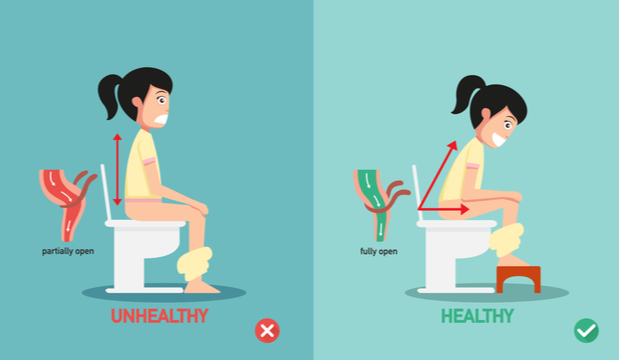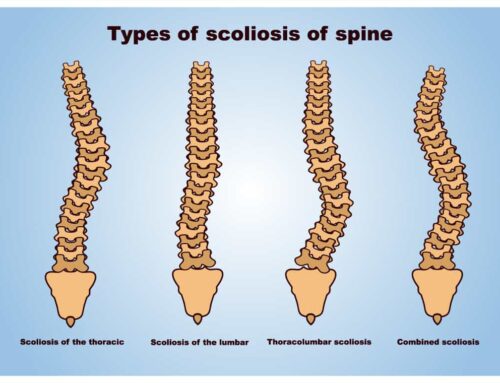Pelvic floor weakness is not something we talk about openly. I understand it can be embarrasing. Especially for mothers after pregnancy or even older women, this can be a serious issue. According to Continence Foundation Australia, 1 in 3 women who’ve ever had a baby, wet themselves. This is because of the tremendous stretching of the pelvic floor muscles during child birth. But even if you’ve had a cesarean, your pelvic floor muscles have had to change because of the stresses of the pregnancy itself. So don’t thinkt that just because you’ve had your baby via surgery, your pelvic floor muscles will be spared. This is more so during recovery. Because the muscles have undergone anaesthesia, the bowel movements are affected after surgery. You may even end up with constipation. So it’s absolutely important to sit correctly on the toilet and not strain. Because straining can put massive pressure on the pelvic floor muscles causing weakness and sometimes even a prolapse!
How should you sit on the toilet to avoid pelvic floor weakness?
It’s absolutely important to sit in the right position to help your bowels clear easily. Straining will haev a major impact on your muscles leading to pelvic floor weakness. Because there’s a valve like structure at the end of your gut track that doesn’t open properly if you’re not sitting properly. Correct posture while pooing will make sure that the valve is as relaxed as a person sun bathing on a beach. So your poop can flow easily and out of your body without causing much stress to the pelvic floor muscles.
So first thing’s first make sure that your knees are elevated on a stool. This will place your hips at an acute angle to your knees and that’s exactly what we want.
Now the second thing is to have your back flat and not rounded or slouched on the toilet. This will avoid undue pressure on the lower back. In fact people who have back pain , also complain of it going to the loo.
And finally, you want to make sure that your elbows are rested on your knees to support your body in that position. Give your body a few minutes of being in this position and you’ll see the magic happen!
How do you know if you have pelvic floor weakness?

I know it can be hard to digest if you have pelvic floor weakness but the first thing is to accept it. Are you experiencing any of the following issues?
- Difficulty passing urine even when you feel the urge?
- Not able to control like you need to go as soon as you get the urge?
- Is there leakage with laughing, coughing or exercising?
- Are you constipated?
- Do you have pelvic pain?
- If you feel a lump down there , it could even mean a prolapse.
The good news is there’s help! and this is where you start if you have pelvic floor weakness. Physiotherapy for pelvic floor can not only help to strengthen your pelvic floor muscles but also help you regain the confidence of getting back to your daily activities and even exercise. So don’t wait to get help.






